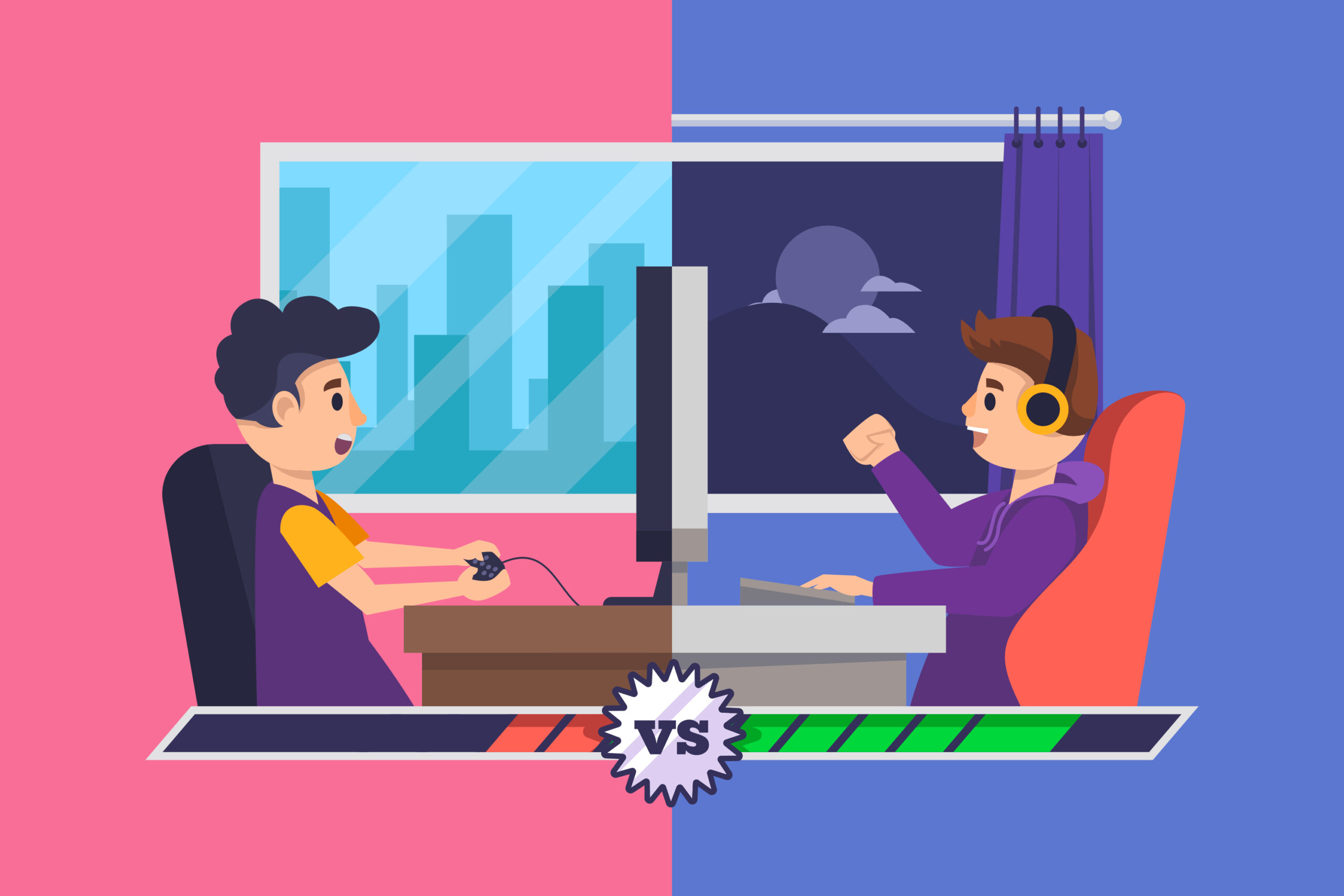Gamification and game-based learning are effective approaches in education and training to enhance engagement and motivation. However, these methods have significant differences. Gamification involves the use of game elements and mechanics, such as points, badges, and challenges in non-game contexts, while game-based learning involves the use of actual games as a tool for teaching and learning.
Gamification and game-based learning can be effective in enhancing engagement, motivation, and learning outcomes, depending on the specific needs and goals of the organization or educational institution. It’s important to carefully consider the advantages and disadvantages of each approach when deciding which one to use in a particular context.
Gamification is the use of game elements and mechanics, such as points, badges, leaderboards, and challenges, in non-game contexts to motivate and engage learners. Gamification does not involve the use of actual games, but rather the application of game mechanics to non-game contexts, such as learning management systems, marketing, and employee training.
On the other hand, game-based learning involves the use of actual games as a tool for teaching and learning. In game-based learning, learners play games that are specifically designed to teach them a particular skill or knowledge. These games can be digital or non-digital and can range from simple board games to sophisticated video games.
Both gamification and game-based learning have a wide range of applications across various fields, including education, training, marketing, healthcare, and more. Here are some examples:
Gamification:
- Employee training: Gamification can be used to make training more engaging and fun. For example, a sales training program could use a leaderboard to motivate sales reps to meet their targets.
- Education: Gamification can be used to make learning more enjoyable and interactive. For example, an online course on financial literacy could use badges to reward learners for completing different modules.
- Health and wellness: Gamification can be used to encourage healthy behaviors, such as exercising regularly or eating healthily. For example, a fitness app could use a points system to reward users for reaching their fitness goals.
Game-based learning:
• STEM education: Game-based learning can be used to teach science, technology, engineering, and math (STEM) concepts in a fun and interactive way. For example, a physics game could teach players about gravity and motion.
• Healthcare: Game-based learning can be used to train healthcare professionals and educate patients. For example, a medical simulation game could help doctors and nurses learn how to perform medical procedures.
• Military training: Game-based learning can be used to train soldiers in a safe and controlled environment. For example, a military simulation game could teach soldiers how to respond to different scenarios on the battlefield.
In conclusion, gamification and game-based learning are two distinct approaches that can be used to enhance engagement, motivation, and learning outcomes in various contexts. While they have different strengths and weaknesses, both approaches can be effective in achieving their goals.
At Vhigna, we have the expertise to implement gamification and game-based learning in your organization or educational institution. We offer mobile app development services, including gaming app development. Contact us today to learn more about how we can help you leverage these powerful technologies to achieve your desired outcomes.




